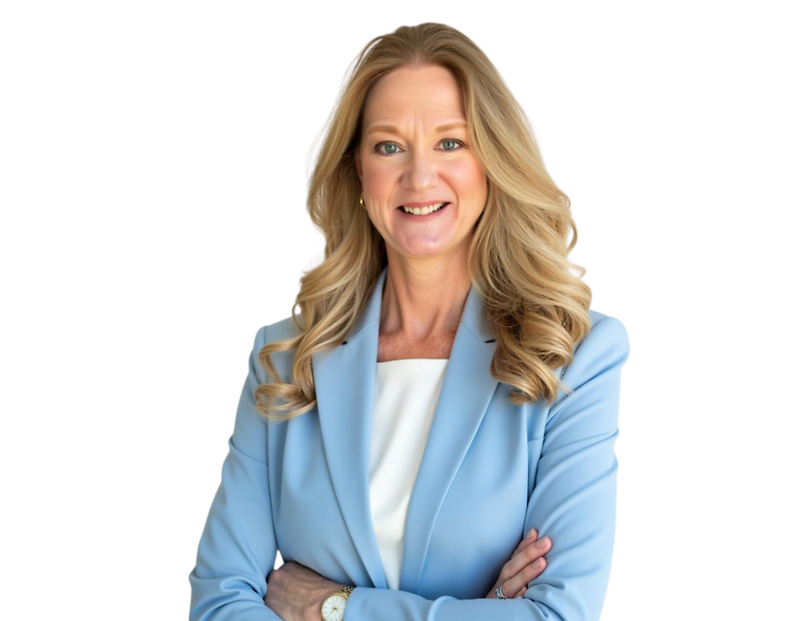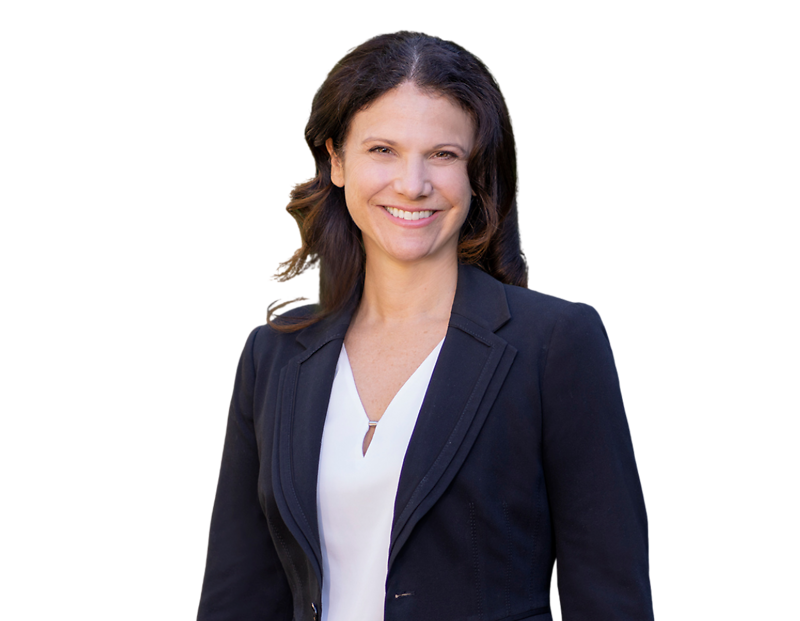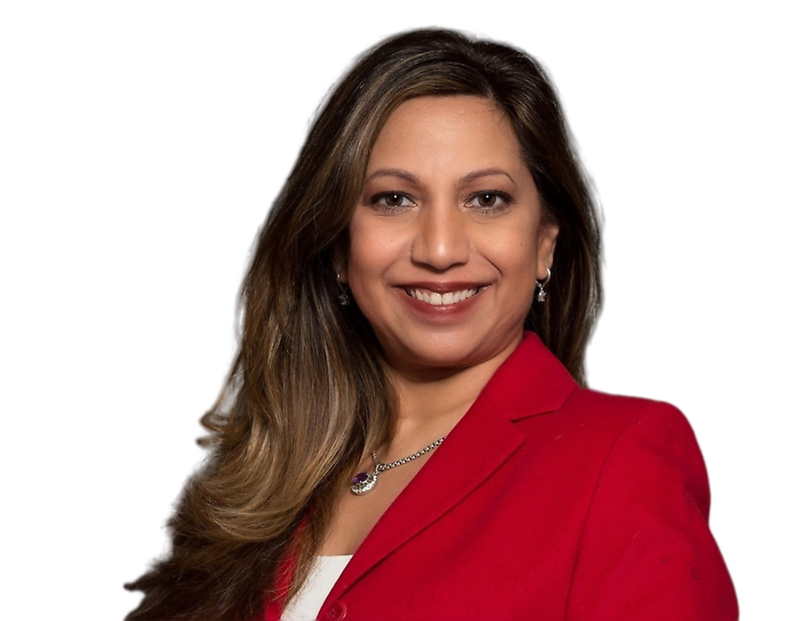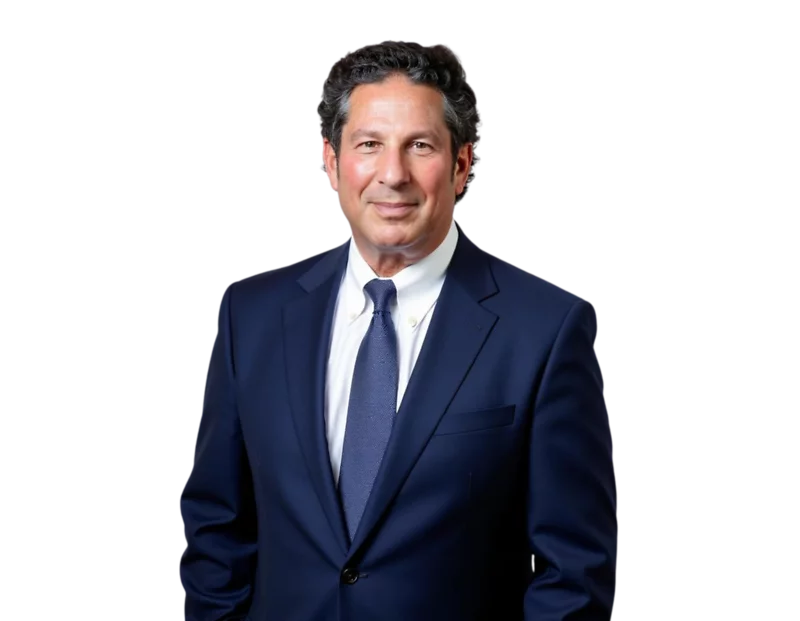When you think about diversity, equity, and inclusion, you may think about racial disparities in policing, criminal justice reform, gender wage gaps, or even statements by major corporations, politicians, or celebrities. Or you may think about the anti-discrimination and harassment training that you have to do at work. Another diversity battleground is emerging in our schools and institutions of higher learning, however, and not just related to affirmative action, but with curricula and diversity training. These developments are shining yet another light on our need to transform.

February was a busy month for Students for Fair Admissions Inc. (“SFFA”), an anti-affirmative action organization. On February 25, 2021, SFFA sued Yale claiming that Yale’s affirmative action admissions policy unfairly favors Black, Hispanic, Native American, and Pacific Islander applicants over white and Asian applicants. (This, despite the fact that the U.S. Department of Justice dropped a similar suit against Yale less than a month earlier.) Perhaps unsurprisingly, SFFA also sued Harvard College (in case you’re wondering, Harvard College is the undergraduate institution of Harvard University) back in 2014, claiming that Harvard’s admissions policy disadvantaged Asian American applicants. After a lengthy stay, the district court in that case found that Harvard’s policy was not unlawful and the First Circuit affirmed. On the same day that SFFA filed its lawsuit against Yale, it asked the Supreme Court to weigh in on its suit against Harvard. If the Supreme Court hears the case, it will be the first time since 2016 (when Justice Kennedy cast the deciding vote upholding an affirmative action program in Fisher v. University of Texas at Austin) —and the first time since conservatives gained a 6-3 majority—that the Supreme Court will decide an affirmative action case. While the Supreme Court has not decided whether it will hear the case, at least 20 amicus briefs have already been filed.
In some prep schools, the battle lines have been drawn over changes to school curricula following the murders of Ahmaud Arbery, Breonna Taylor, and George Floyd and the ensuing protests and counter-protests. For example, at Brentwood School in Los Angeles, years of pent up tension and frustration came to a head after the school posted a black square on its Instagram page for “Blackout Tuesday” on June 2, 2020. A group of alumni and the school’s Black Family Association called for expanding the curriculum to include EDI initiatives. Alumni of color also spoke out about feeling “tokenized” at the school, demanding it be held “accountable for its past wrongdoings against Black and minority students.” In response, teachers and administrators revised the curriculum, removing To Kill a Mockingbird and Lord of the Flies, among others, from its required reading, turning an American Literature class into an American Identity and Culture class, and offering a new elective called “LAtinx – An Exploration of Identity in Los Angeles.” While some alumni and parents felt like the school was not moving fast enough, others felt it was becoming too progressive and pulling away from a traditional curriculum. These parents were also offended by frequent e-mails about anti-racism and by the Head of School “strongly” encouraging them to read White Fragility: Why It’s So Hard for White People to Talk About Racism. While the different groups continue to skirmish online with each other and with the school, the students are caught in the middle, trying to grapple with social justice and the pandemic while thinking about college, friends, and other typical adolescent issues.
At some institutions, it’s not just students who are directly impacted, but also staff. In July 2018, a Smith College employee called campus police to report a Black student who was reading and eating lunch in an area reserved for a summer camp. While an internal investigation was pending, Smith instituted mandatory staff training focused on combatting systemic racism. The following month, Jodi Shaw, a white librarian, claims her supervisor told her that she could not present a library orientation as a rap because it could be perceived as cultural appropriation. This incident prompted Ms. Shaw to quit her job and take a lower-paying job as a student support coordinator instead. Then, in January 2020, Smith required its staff, including Ms. Shaw, to participate in a racial sensitivity retreat on campus. When Ms. Shaw refused to discuss her racial identity (she was the only person who refused), she claims the Black facilitators told her she was demonstrating “white fragility.” A few months later, Ms. Shaw started taking to social media to describe her disputes with Smith. Finally, in February 2021, she sent a lengthy resignation letter, which was later published in various op ed articles, claiming that Smith’s mandatory diversity trainings and encouragement of diverse hiring practices were part of a “dehumanizing” culture. Smith published a rebuttal disputing all of Ms. Shaw’s claims as baseless and confirmed that Ms. Shaw had demanded a large settlement in exchange for releasing her claims.
While all three examples bring up issues about the First Amendment, Americana, differing viewpoints, and social media as echo chambers, it also begs the question, how do we tackle systemic racism and EDI in education, or even in the workplace? What is viewed as not enough to some is viewed as too much for others. Some employees may rail against mandatory diversity trainings. But if you make the training optional, then the people who could benefit the most from the training are likely to opt out. And all too often, despite trainings, vision statements, or initiatives, real change is slow to arrive.

One thing is for certain -- the overall increase in awareness has led to more conversations on various scales about racial disparities, privilege, history, and reforms, and has provided a wider audience for BIPOC artists and authors. So perhaps this is where we begin. As Thich Nhat Hahn once said, “Awareness is like the sun. When it shines on things, they are transformed.”
Also on Sharpen Your FOCUS: Perspectives on Workplace Diversity
Sharpen Your FOCUS offers timely insights into the legal and practical dimensions of DEI, accessibility, and belonging in the workplace. Drawing from both employer and employee perspectives, we explore emerging topics, shifting legal interpretations, and the real-world impact of inclusive leadership. Thanks for joining the conversation.


















